If you’ve spent any time developing WordPress sites in the last several years, you’ve probably heard about the new REST API. However, unless you’re a seasoned developer, you might not be familiar with the WordPress REST API. In this detailed tutorial, we’ll walk you through all the basics you need to know. We’ll go over what APIs are in general, as well as REST APIs (and the WordPress-specific variant). Let’s jump right in!
Introduction to Application Programming Interfaces (APIs)

API ( Application Programming Interface) allows two apps to communicate with one another at the most basic level. For example: When you visit a website, your browser makes a request to the server that hosts that site. The API on that server takes your browser’s request and returns all of the data needed to display your site.
There’s still a lot more to the technical side of how APIs work. However, this article will focus on practical applications.
Developers at big companies like Google will collect some application code and make it public. That way, other developers can use the API to help their own websites connect to Google and take advantage of its features:
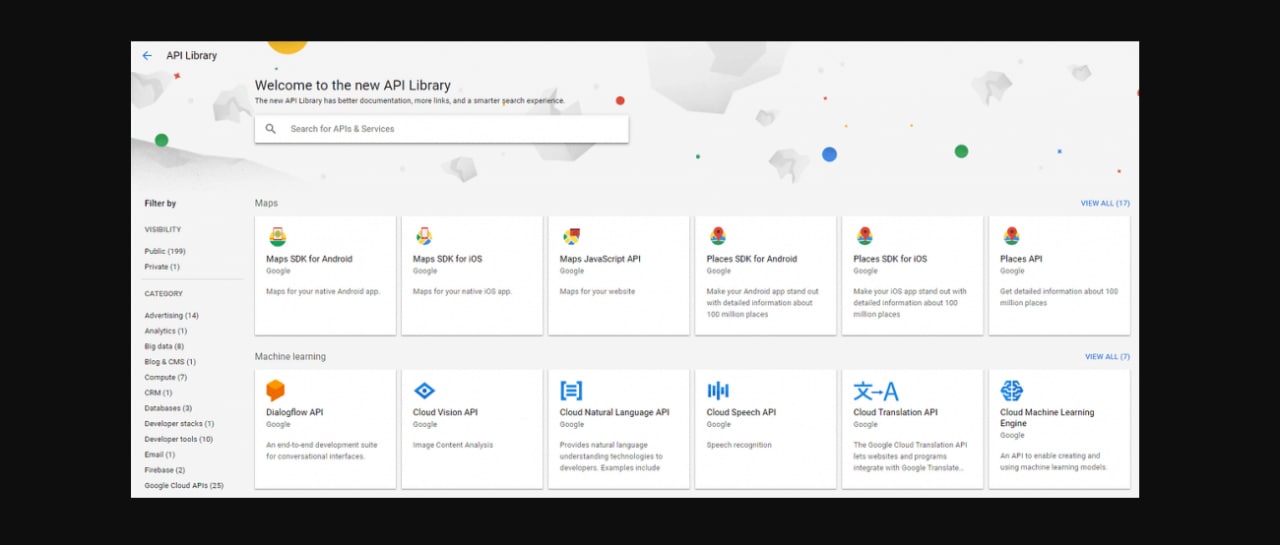
For example:
You can use the Google Maps API to place a map with all relevant Google data and features on your website. This saves you from having to code the map and collect all that data yourself.
As websites and functions get more and more complex, tools like APIs become important. They allow developers to build on existing functionality. They simply “plug in” new features into their website. In return, the website that owns the API will get improved visibility and increased traffic.
Why does WordPress need the WP REST API?
The concept of a WordPress API isn’t new. The platform already provides an API for interacting with themes, plugins, and other components. So why not make use of it?
The first reason for this is that the current WordPress API has become outdated. In fact, the existing API works nicely for WordPress-internal things, but using it to interact with software outside of the platform is cumbersome — something developers have lamented for years.
The second reason is that the new WP REST API is a universal connector. As we’ve seen, universality is a critical consideration when creating an API. Because it is built on JSON, the REST API makes it simple for WordPress to communicate with other websites and services.
The basic rules of a Rest API
REST API (Representational State Transfer) is an API developed according to specific rules. In other words, REST is the principle that developers use when building APIs. This ensures the APIs work properly.
There are five basic elements that make an API “RESTful”. Remember that “server” is the foundation to which the API belongs. And “client” is the website, application, or software connecting to that platform:
- Client-server architecture: The API must be built so that the client and server are separate from each other. As a result, they can continue to develop on their own.
- Statelessness: REST APIs must conform to the “stateless” protocol. In other words, they cannot store any information about the client on the server. The request from the client needs to include the necessary upfront data, and the response must provide everything the client needs. Thus, in each interaction, the tasks are completed in one and done only. It also reduces both memory requirements and the potential for errors.
- Cacheability: ‘Cache’ is a temporary storage of data. RESTful APIs leverage cacheable data to improve speed and efficiency. In addition, the API needs to tell the client if each piece of data can and should be cached.
- Layered system: REST APIs are built using classes that have their own specified functionality. These classes interact with each other but remain separate. This makes the API easy to modify and update, and improves security.
- Uniform interface: All parts of the REST API need to operate on the same interface and communicate in the same languages. It works regardless of server or client.
Any API that follows these guidelines can be considered RESTful. There is also a sixth restriction, called “code on demand”. This technique allows the API to instruct the server to the passcode to the client to extend its functionality. However, this constraint is optional, and not all REST APIs follow it.
The WordPress REST API
In fact, there are two separate versions of the REST API plugin. Today, WordPress has its own fully functional REST API.
REST API allows the platform to interface with nearly any website or web application. Furthermore, it is capable of communicating and exchanging data regardless of the language used by external software.

This opens up many possibilities for developers. It also makes WordPress a more versatile and popular platform than ever before. The ‘JSON’ (JavaScript Object Notation) section describes the format this API uses to exchange data. That format is based on JavaScript and is a popular way to develop APIs because it interfaces well with many popular programming languages. In other words, a JSON API makes it easier to communicate between applications using different languages.
The anatomy of a WordPress REST API request
Every API handles requests and returns responses. In other words, the client asks it to perform an action and the API performs that action. The APIs that do this can be in different ways. REST APIs receive and respond to specific types of requests using simple HTML commands.
To illustrate, here are the most basic and important HTML methods a client can send:
- GET: This command retrieves a resource from the server (such as a specific piece of data).
- POST: The client adds a resource to the server.
- PUT: To edit or update a resource already on the server.
- DELETE: Removes a resource from the server.
Along with these commands, the client sends one or more lines of information about the resource and what to do with it. For example, request to upload a PHP file to a specific directory on the server:
The /foldername/my_file.php section calls the ‘route’ because it tells the API where to go and what data to interact with. When you combine it with the HTTP method (POST in this case), the whole function calls ‘endpoint’.
Most REST APIs and the clients they interact with are much more complex than this one – including the WordPress version. However, these basic elements form the basis of how the WordPress REST API works.
Conclusion
Now is the best time to learn about the WordPress REST API. Since it has been fully integrated into the WordPress core, it will play an important role in the future of the platform. Developers can use this API to connect WordPress to the wider web in a way that was previously difficult or impossible. If you have any problems related to WordPress Rest API, please leave your opinion in the comments section below. We’ll get back to you as soon as possible. Thank you for your attention.
- Resolving the “Class JFactory Not Found” Error in Joomla When Upgrading to J6 - December 19, 2025
- The Utility Of VPNs For Site Authors And Admins - November 24, 2025
- Joomla! 6: What’s New and How to Upgrade from Joomla! 5 - October 23, 2025



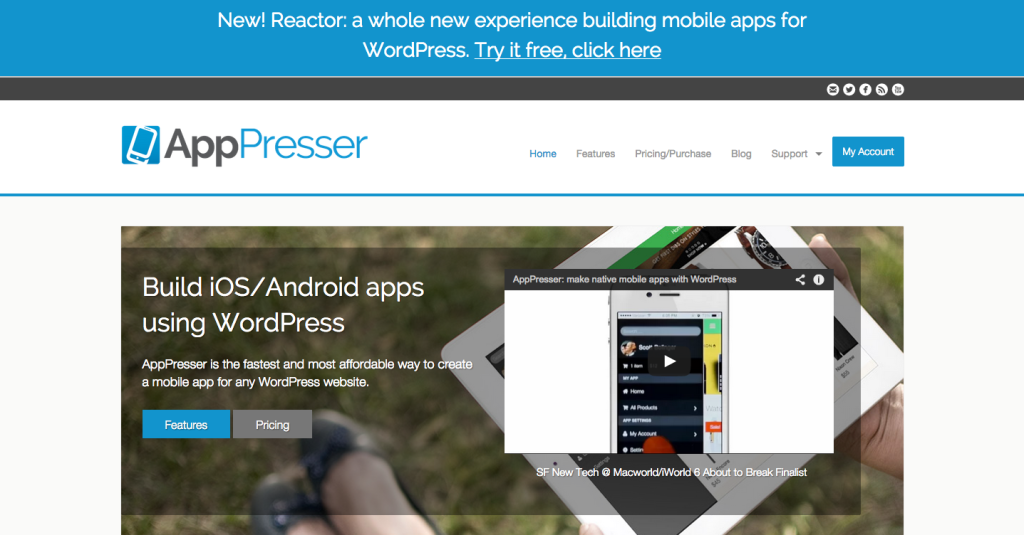
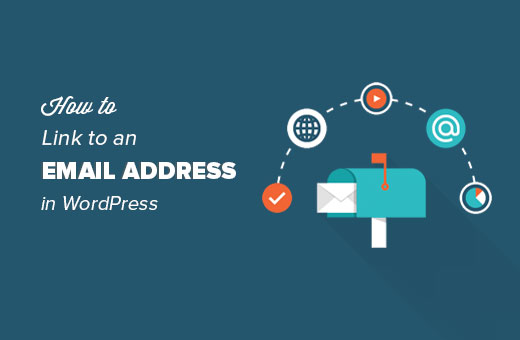
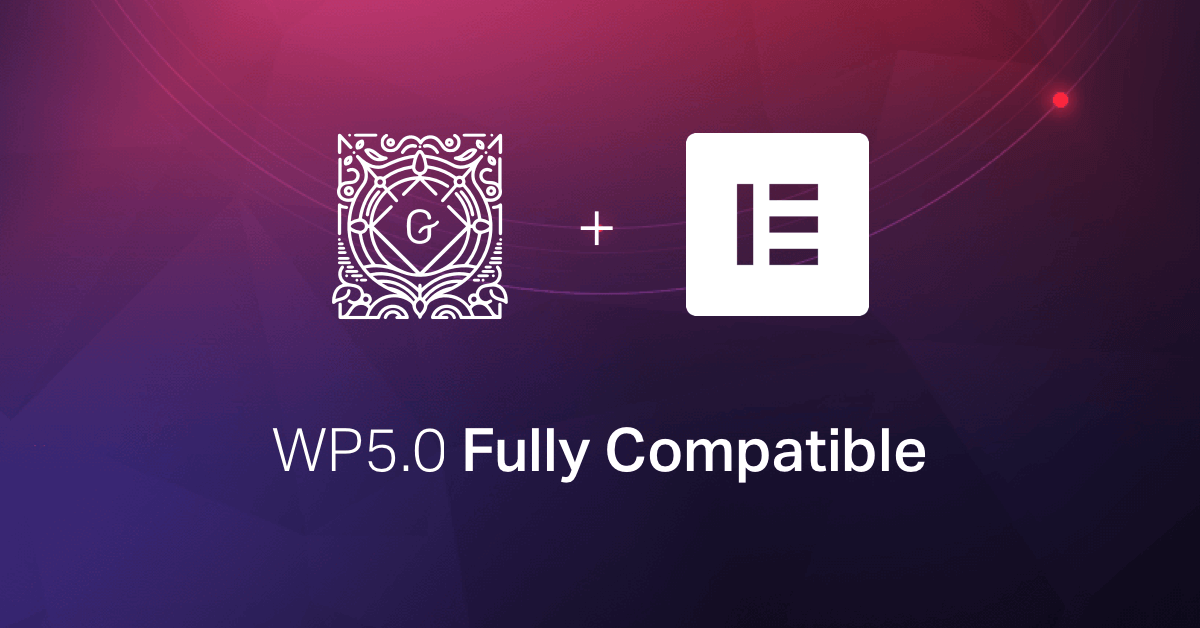
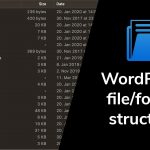



Recent Comments